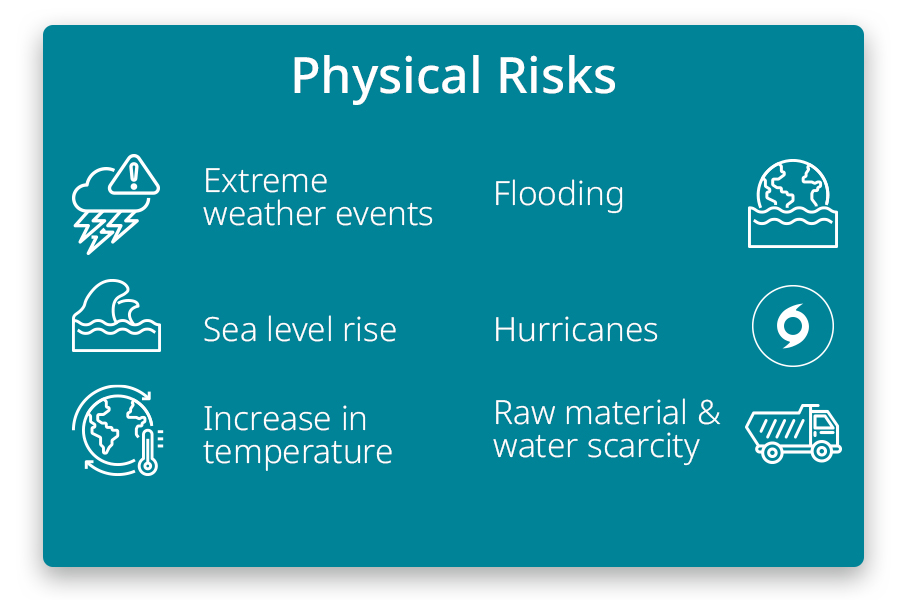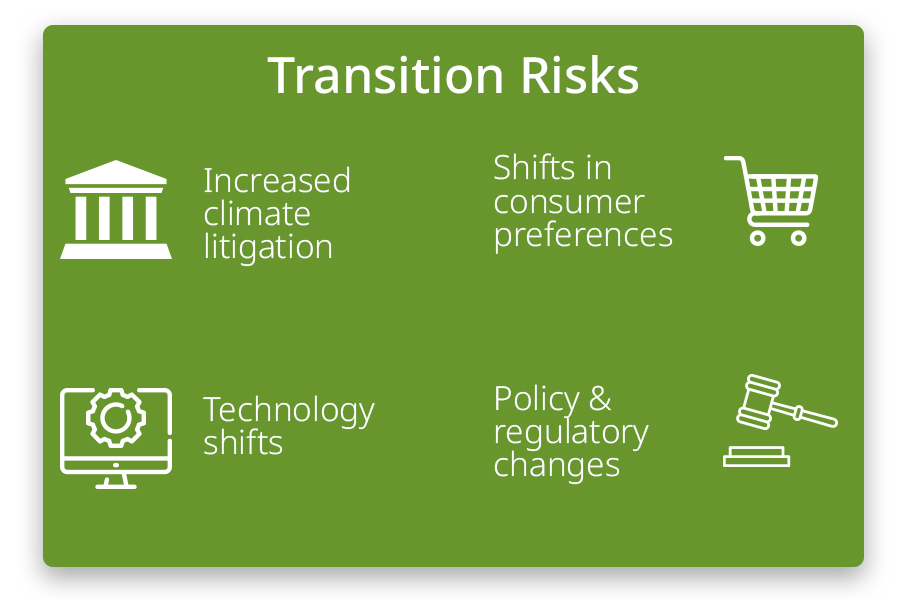Climate Adaptation
In alignment with the Taskforce on Climate Related Financial Disclosures (TCFD), CPChem uses climate-specific scenario analyses to stress-test its business and simulate potential impacts of physical and transitional risks related to climate. We assess risks to company assets and operations in accordance with our climate action strategy. Examples of these risks may include impacts from coastal flooding, extreme heat and challenges associated with the global transition to a lower-carbon economy.
Climate adaptation requires continuous innovation and improvement across our global operations. Our Climate Risk Report details how we identify and mitigate risks to equip CPChem with tools to address climate-related challenges head on.
Climate Risk Management
At CPChem, climate risk management involves taking steps to better protect people and the planet while maintaining safe and reliable operations. Climate risks are typically divided into two categories: physical risks and transition risks.

Physical Risks
Physical risks are changes and events that could threaten our assets like impacts from extreme heat, water scarcity and flooding. CPChem regularly assesses these types of risks, as well as those possible from long-term environmental shifts in regions where we operate. CPChem teams and third-party experts work together to explore a variety of physical risk scenarios and deploy strategic plans for mitigation when needed.

Transition Risks
The effects of a transition to a lower-carbon global economy are expected to be far-reaching. New pressures from legislation and governments, emerging and disruptive technologies, a dynamic global market and reputation management are just a handful of issues CPChem is evaluating to manage transition risks.
Climate Adaptation Strategies for the Present and the Future
CPChem collaborates with governments, NGOs, trade associations and industry stakeholders to develop and implement initiatives that seek to address climate change. This collaborative strategy helps meet challenges toward successfully navigating pathways to reducing emissions.
Through innovation and optimization of our operations and processes, CPChem is contributing to a more sustainable tomorrow. Sustainability at Chevron Phillips Chemical involves more than GHG reductions, as demonstrated by our efforts to protect our global assets and build resilience to physical and transition risks associated with climate change now and in the future.

